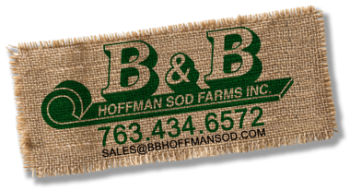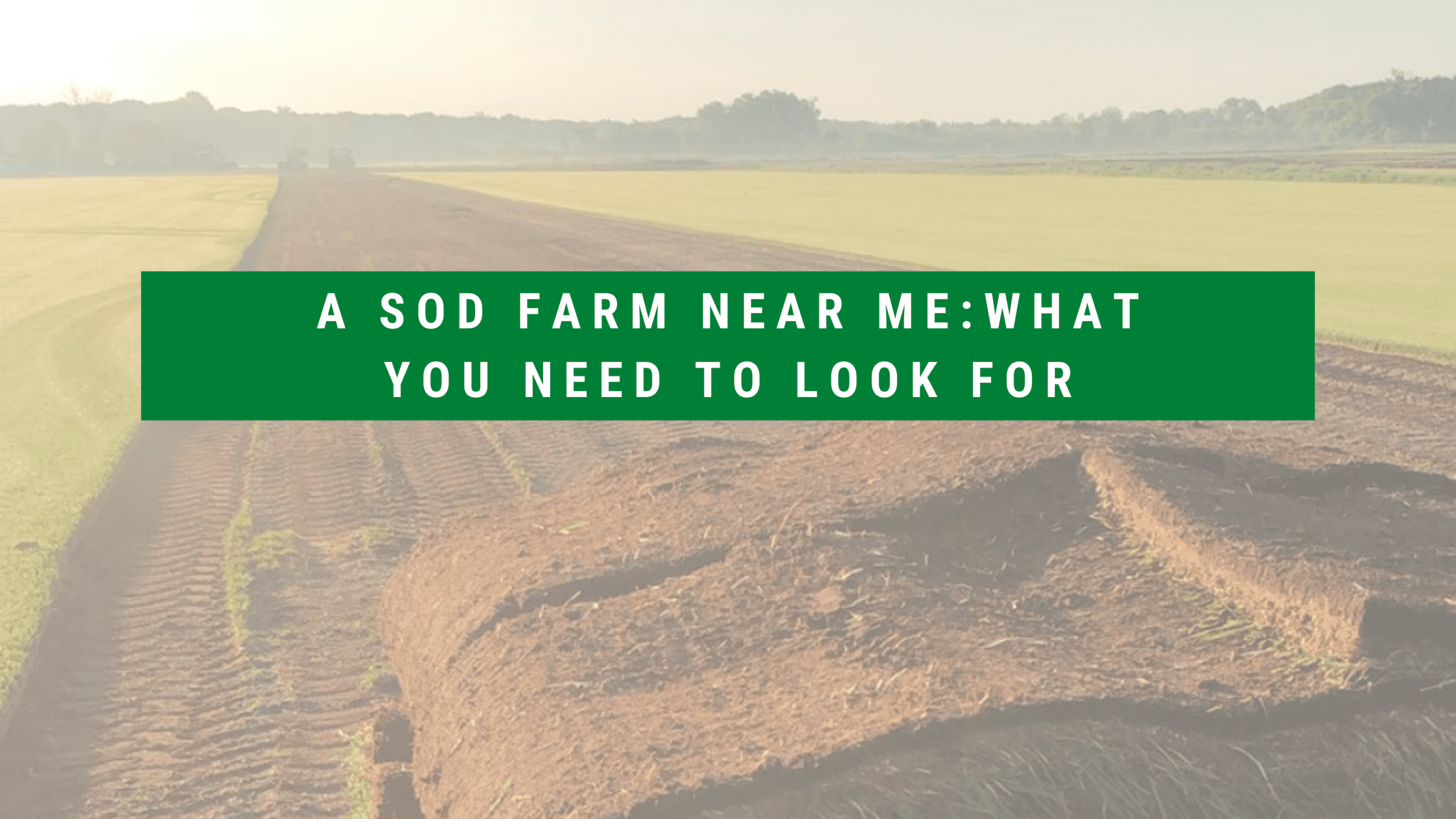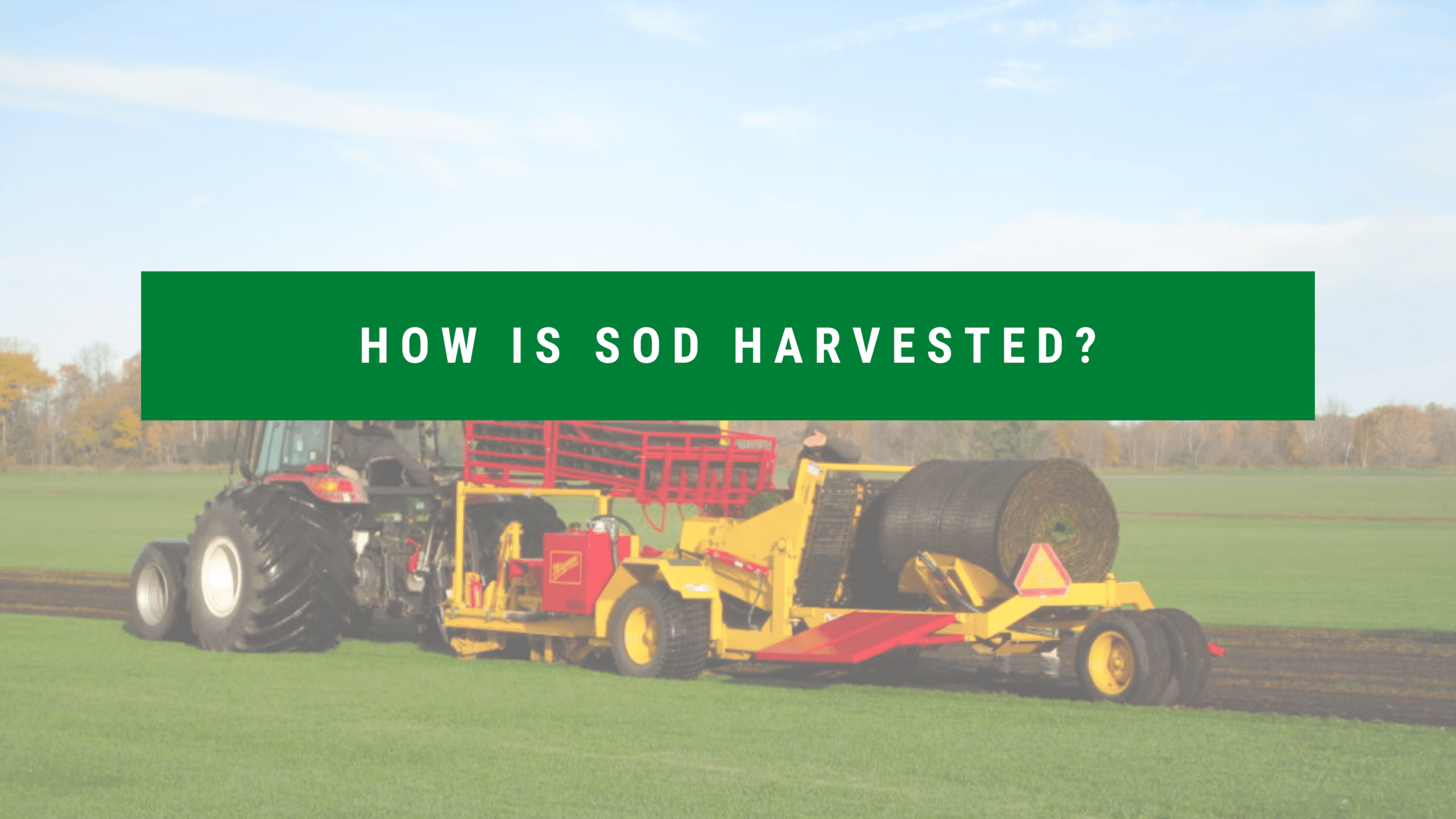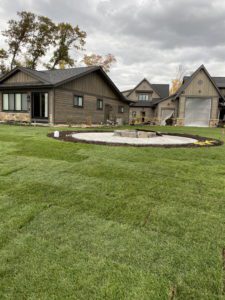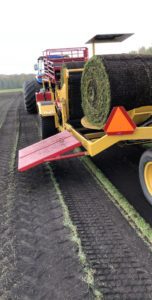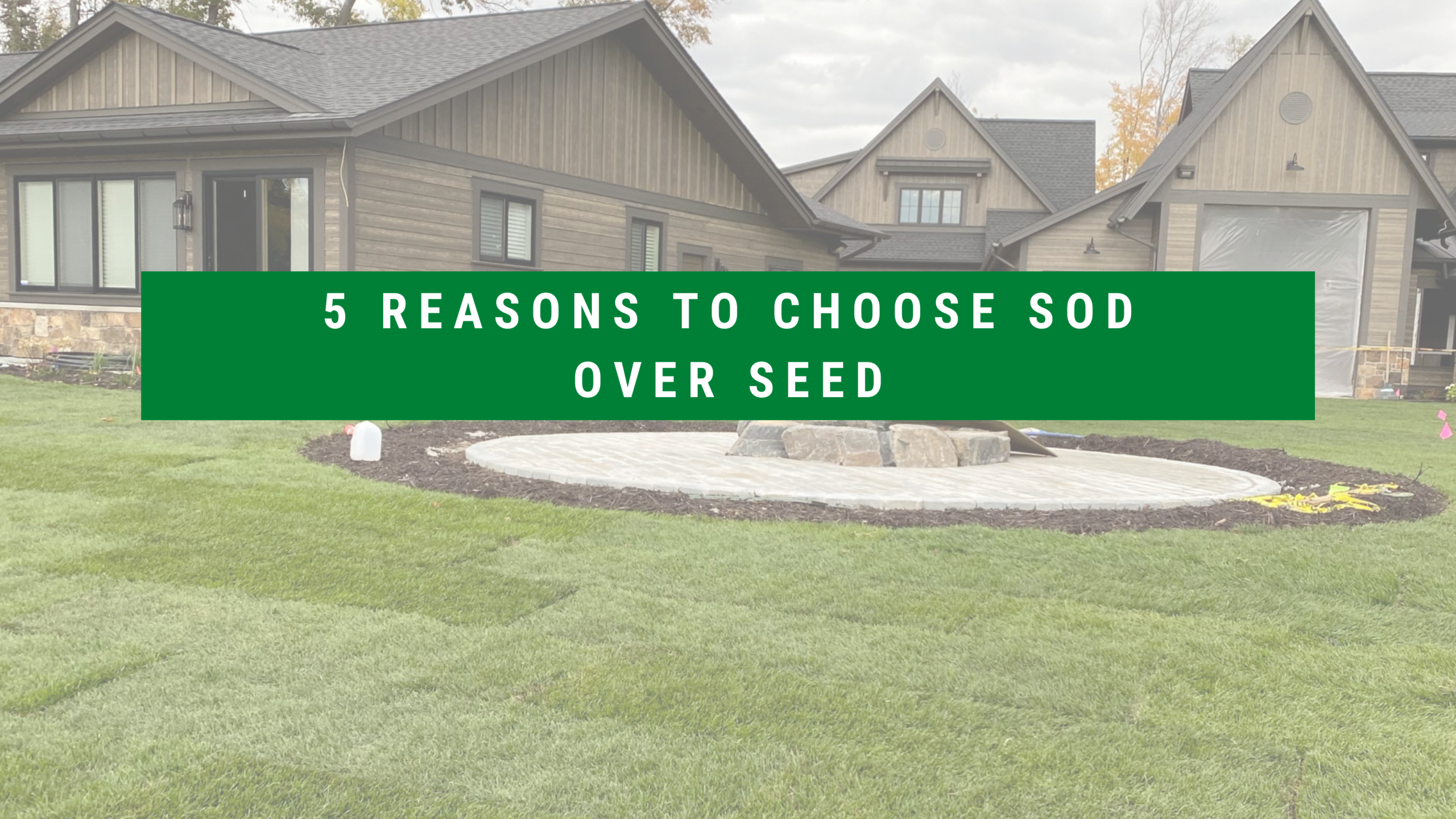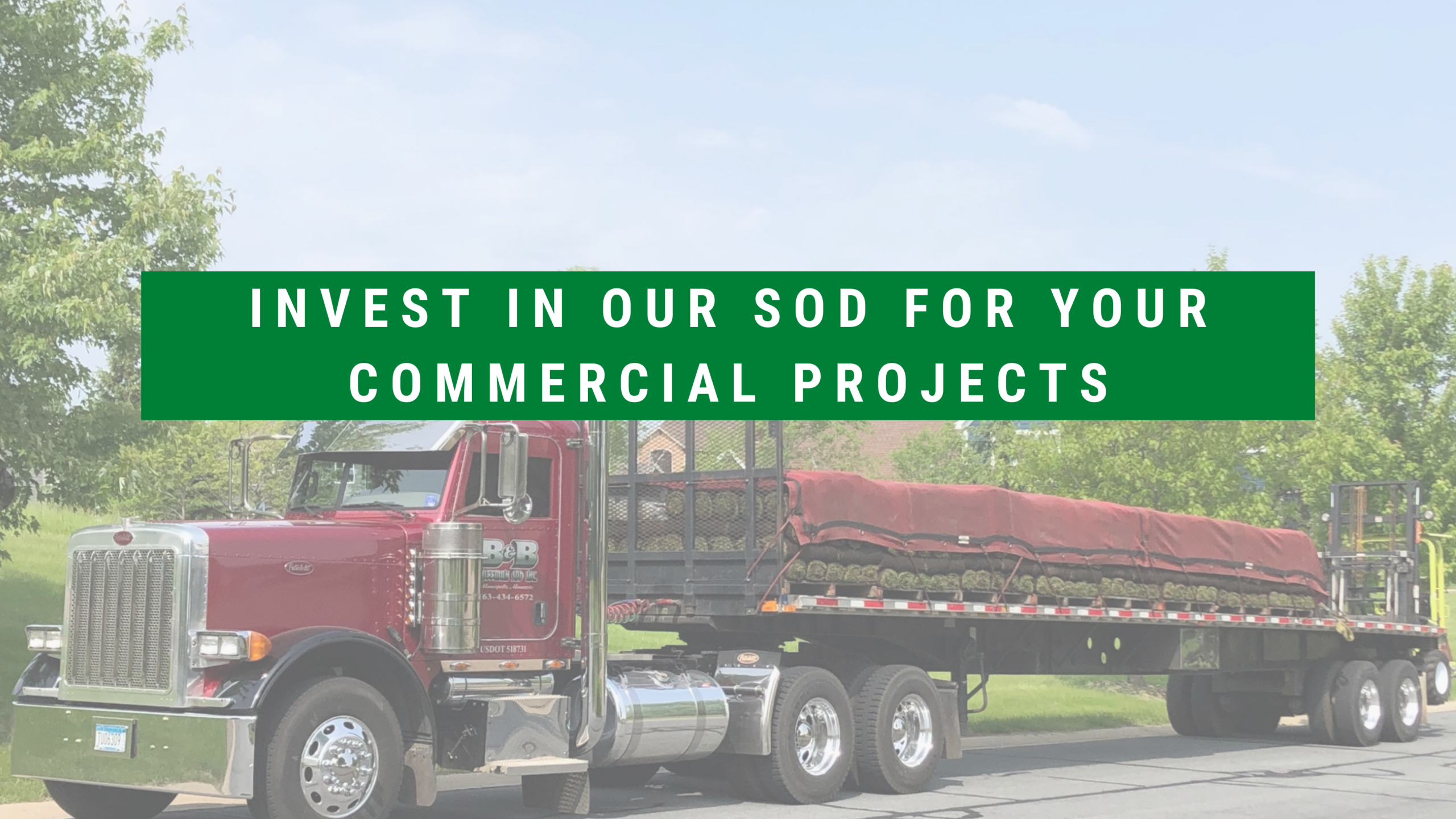We all do it, when we search for a product or service we look for a shop that is close. While proximity can be helpful, there are other factors to consider as well. This list will explain what to keep in mind when you are looking to purchase from a “sod farm near me.”
Proximity. The main reason to consider proximity is for freshness. Sod needs to be healthy and fresh for it to take root, grow, and stay strong. Sod that has been sitting can overheat, causing permanent damage. Using a sod farm that has healthy and fresh sod is more important than using a sod farm that is closest to you.
Sod Quality. Healthy sod is free from disease and pests. Quality also refers to the right type of grass for your area. Before purchasing sod, be sure you’re picking the right variety for your environment.
- Our Kentucky Bluegrass sod is grown locally in Elk River, serving many contractors and homeowners in urban and rural areas throughout Minnesota, Wisconsin, North Dakota, and South Dakota Kentucky Bluegrass sod is well-known for its ability to maintain its beauty and adapt to changing temperatures and watering practices. Each piece is grown in uniform thickness and bred to be dark green, soft, and durable.
Service. After you decide where you will purchase, ensure your yard is ready for installation. You may end up wasting money if your sod isn’t installed or maintained correctly. We suggest researching and asking your provider questions before installation.
Our sod experts are available to answer your questions regarding installation, maintenance, measurements, and ordering. We take pride in our sod and want to make sure you have the facts about what it takes to have a healthy yard for your family and pets.
B&B Hoffman Sod is local and here to provide you with the information you need for a beautiful new lawn, quickly achieved with sod. Contact us today to learn more about our sod and services, and you won’t have to worry about searching for a “sod farm near me!”
